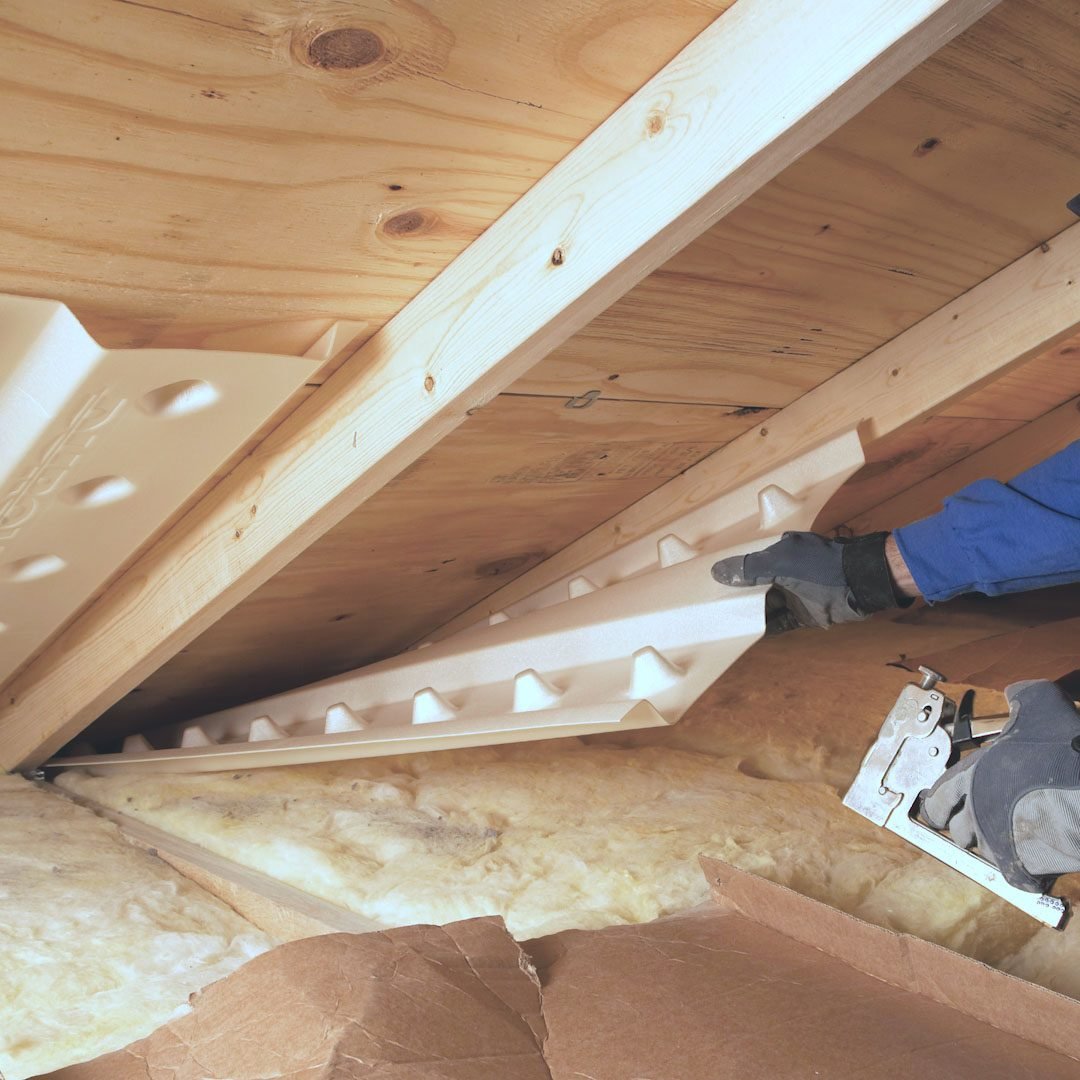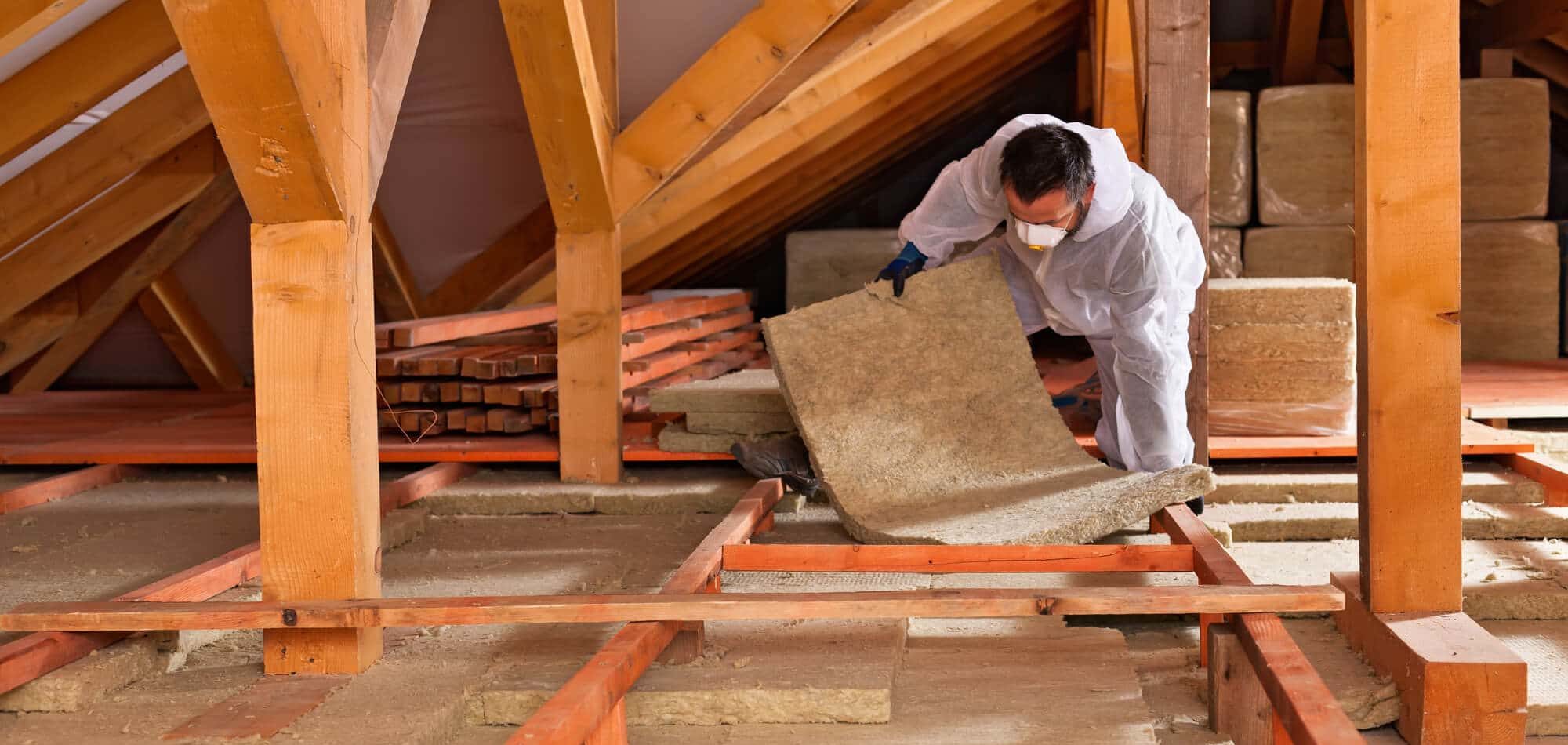How Attic Insulation DFW Can Transform Your Home's Environment Control
Discover the Various Sorts Of Attic Insulation and Their Distinct Benefits for Your Home's Power Efficiency

Fiberglass Insulation
Fiberglass insulation is among one of the most frequently used materials for attic room insulation because of its outstanding thermal performance and cost-effectiveness. Composed of little glass fibers, this material efficiently traps air, producing an insulating barrier that assists maintain consistent indoor temperature levels. Its high R-value per inch makes it particularly reliable at resisting warm transfer, which is important for energy conservation in homes.
Setup of fiberglass insulation is fairly uncomplicated, typically available in batts or loose-fill forms, fitting various attic arrangements. In addition, it is non-combustible and resistant to moisture, reducing the risk of mold growth. This sturdiness adds to its durability, making fiberglass a sensible long-lasting financial investment for homeowners.
In addition, fiberglass insulation is frequently made from recycled products, which boosts its eco-friendliness. The material can also add to soundproofing, reducing sound transfer in between rooms. While it is crucial to put on protective gear throughout installment to avoid irritation from the fibers, the overall advantages of fiberglass insulation, including energy cost savings and ecological factors to consider, make it a preferred option for improving attic performance and advertising a comfortable living setting.
Spray Foam Insulation
Spray foam insulation is a very efficient option for attic insulation, known for its remarkable air sealing and thermal performance. This cutting-edge insulation material is made up of a combination of isocyanate and polyol resin, which, when combined, expands quickly to fill up spaces and cavities in the attic room space. Its capability to adhere to different surface areas ensures a continuous barrier versus air leakages, substantially minimizing heat loss during cooler months and heat gain throughout warmer periods.
Among the crucial benefits of spray foam insulation is its high R-value per inch, which indicates it offers superb thermal resistance in a reasonably slim application. This is specifically beneficial in attics where space is typically limited. Furthermore, spray foam can assist decrease wetness buildup, reducing the threat of mold and mildew and mold development, which can be detrimental to both the framework and interior air high quality.
While the first expense of spray foam insulation may be greater than typical choices, its long-term energy financial savings, combined with increased convenience and improved home value, make it a beneficial investment for house owners seeking boosted power efficiency. Attic Insulation DFW. Generally, spray foam insulation attracts attention as an efficient solution for enhancing attic insulation
Cellulose Insulation

Cellulose insulation is a popular choice for attic room insulation, mostly composed of recycled paper products treated with fire resistants. This eco-friendly alternative is recognized for its excellent thermal performance, effectively lowering warm transfer in both summertime and winter months. The thick structure of cellulose enables it to fill up voids and voids in attic room rooms, providing a smooth barrier versus air leaks.
Among the significant advantages of cellulose insulation is its capability to resist mold and mildew and pests, owing to the fire resistant therapies made use of throughout production. Furthermore, it boasts a high R-value per inch, which converts into premium power performance. Home owners can find more info expect reduced heating and air conditioning costs as an outcome of enhanced insulation.
Installment is usually accomplished through blowing loosened cellulose right into the desired location, permitting a fast and efficient procedure. This approach also lessens disturbance to the existing structure. Furthermore, cellulose insulation has a reasonably low ecological impact, as its manufacturing procedure uses recycled materials, contributing to lasting building practices.
Rock Woollen Insulation
Amongst the various choices for attic insulation, rock wool, additionally recognized as mineral wool, sticks out because of its impressive thermal and acoustic efficiency. Made from recycled or natural products, rock wool is developed by melting rock and rotating it into fibers, resulting in a product that offers excellent insulation residential properties.
Among the considerable benefits of rock woollen insulation is its high R-value, which shows its effectiveness in resisting warmth flow. This particular not only enhances power effectiveness however also adds to maintaining a comfortable interior temperature year-round. Additionally, rock woollen is inherently fireproof, making it a safer alternative for homes as it can endure high temperatures without melting or releasing toxic fumes.
Furthermore, rock woollen insulation succeeds in soundproofing capacities, efficiently reducing sound transmission between spaces and from outside resources. This makes it an ideal selection for house owners seeking a tranquil living environment. In addition, rock wool is moisture-resistant, assisting to stop mold and mildew growth and keeping the architectural stability of the attic room area. On the whole, rock woollen insulation offers a thorough service for enhancing power performance, safety, and convenience in residential setups.
Radiant Barrier Insulation
Glowing obstacle insulation functions as an efficient remedy for reducing heat transfer in attic rooms, specifically in warmer climates. This sort of insulation works by showing radiant warm far from living spaces, consequently lowering the quantity of warm that gets in a home during hot climate - Attic Insulation DFW. Usually made up of an extremely reflective product, such as aluminum foil, glowing barriers are set up in attic rooms, dealing with the roof covering, where they can intercept inbound warm from the sunlight
The main benefit of glowing obstacle insulation is its ability to reduced cooling expenses. By showing warm as opposed to absorbing it, radiant obstacles can help maintain a more secure indoor temperature, lowering the work on a/c systems. This performance translates right into reduced power bills and raised convenience for homeowners.
In addition to power cost savings, glowing barriers can also contribute to enhanced indoor air high quality. By decreasing heat build-up, they help lessen humidity levels, which can protect against Bonuses mold development and boost total air click to investigate blood circulation. When set up correctly, glowing obstacle insulation can be an invaluable enhancement to any kind of energy-efficient home, making it a deserving factor to consider for homeowners looking to boost their attic room insulation technique.
Verdict
In conclusion, recognizing the various types of attic room insulation-- fiberglass, spray foam, cellulose, rock woollen, and radiant obstacles-- makes it possible for house owners to make educated decisions pertaining to energy efficiency. By picking the suitable insulation material, considerable decreases in power expenses can be attained, along with improvements in indoor convenience.

In conclusion, comprehending the numerous types of attic insulation-- fiberglass, spray foam, cellulose, rock wool, and radiant obstacles-- allows homeowners to make informed choices pertaining to energy performance.